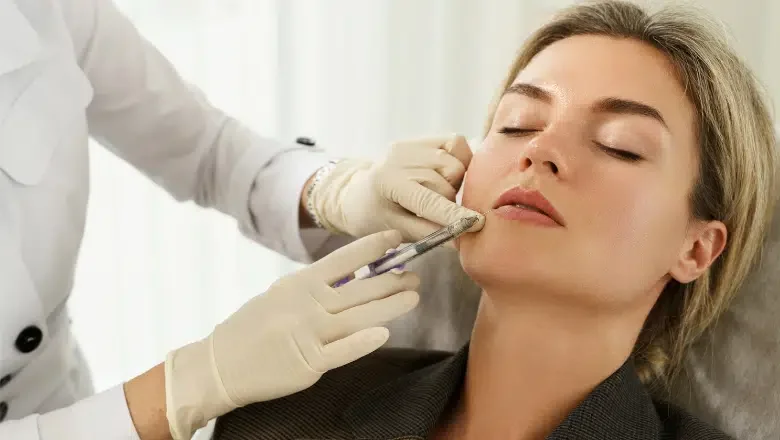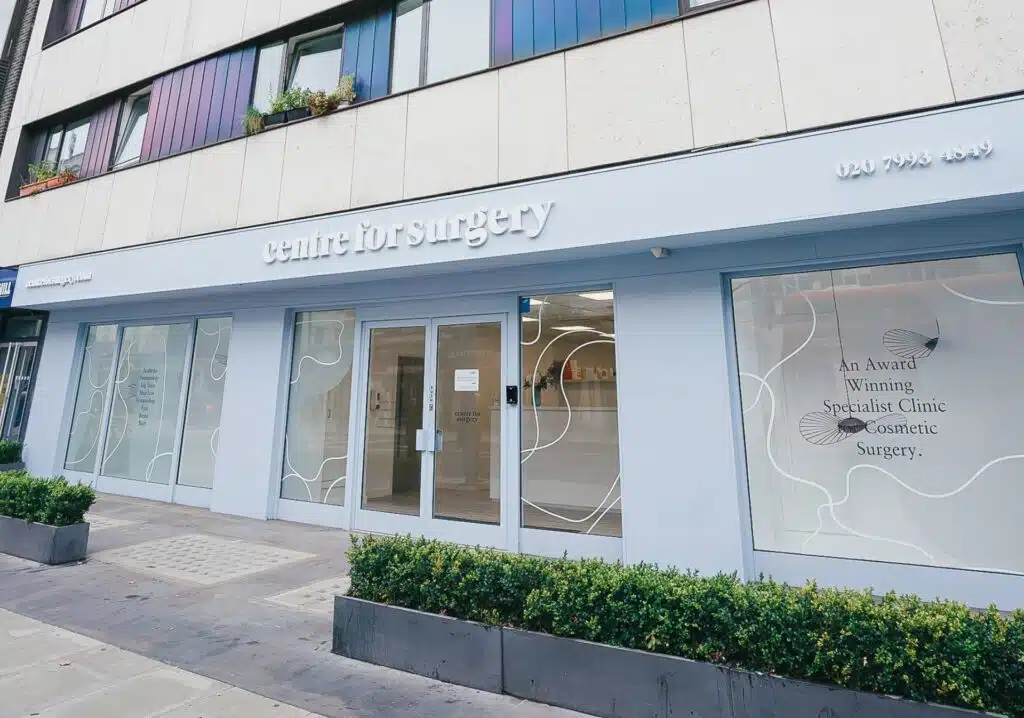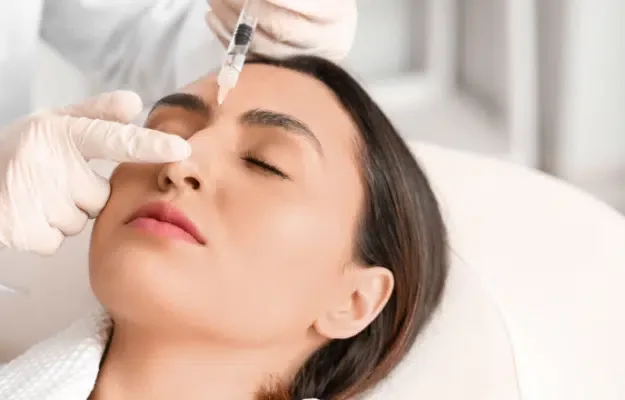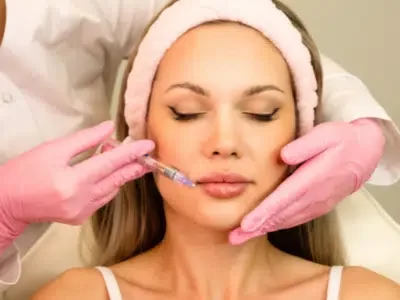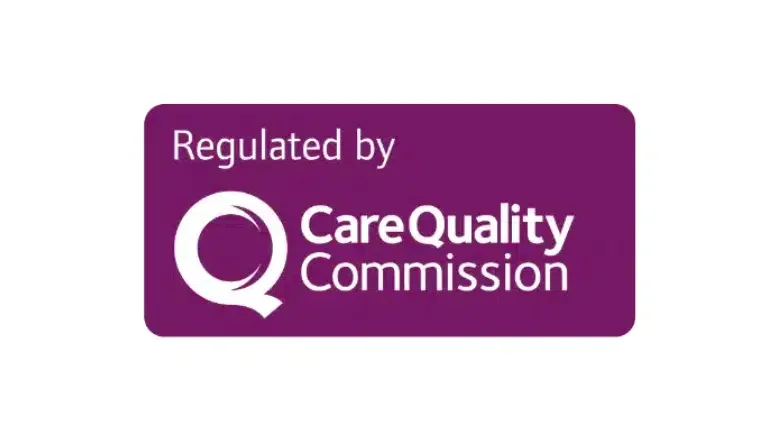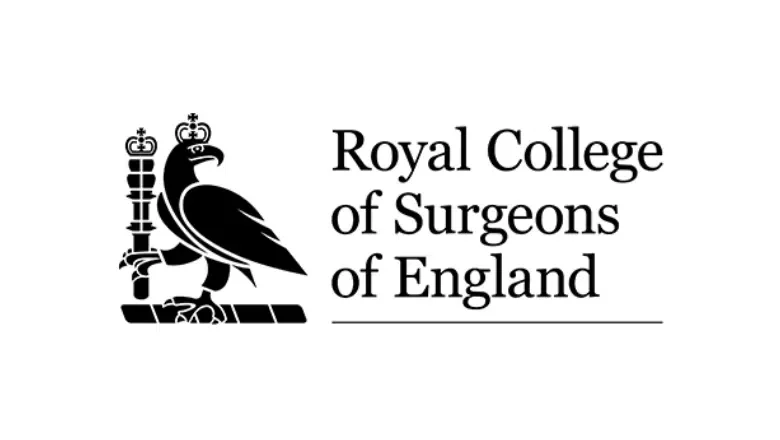In recent times, there’s been a noticeable surge in the popularity of lip augmentation using dermal fillers, a trend largely fueled by the influential platform TikTok. This is evident from the widespread searches for terms like #lipfillermigration on the platform. The fascination with social media videos showcasing unsuccessful lip filler procedures is undeniable. However, to truly grasp the reasons behind lip filler migration and the methods to prevent it, a deeper exploration is necessary.
Lip augmentation has emerged as the leading cosmetic procedure in the UK, attracting women across various age groups. This trend is partly driven by evolving beauty standards. Younger individuals are increasingly drawn to enhancing their lip volume and shape, inspired by the images proliferating across social media channels. Meanwhile, older demographics are often motivated to seek these procedures to counteract the thinning of lips and other signs of ageing around the mouth.
Opting for lip augmentation with dermal fillers can be a transformative experience, particularly in terms of boosting self-esteem, when carried out by a practitioner who is both skilled and experienced. However, it’s crucial to acknowledge that inadequate injection techniques can result in the unintended movement of lip fillers, known as lip filler migration. This underscores the importance of seeking qualified professionals for such cosmetic enhancements to ensure both the efficacy and safety of the procedure.
What is lip filler migration?
Lip filler migration is a term that’s gaining attention in the realm of cosmetic procedures, especially with the increasing popularity of lip fillers. These fillers, primarily composed of hyaluronic acid, are favoured for their moisture-retaining properties and impressive ability to plump and volumise the lips. Hyaluronic acid, a substance naturally found in the body, can hold up to a thousand times its weight in water, making it ideal for enhancing lip fullness, smoothing out fine lines on the upper lip, and providing support to the corners of the mouth which may droop over time.
One of the appealing aspects of lip fillers is the minimal recovery period required post-procedure. The results are immediate and typically last from six months to a year in the lip area, making them a convenient option for those seeking a quick enhancement.
However, it’s crucial to be aware of the potential side effects associated with lip fillers, despite their minimally invasive nature. Common issues can include bleeding at the injection sites, bruising, infection, and in some cases, the development of lumps or asymmetry in the lips. Among the more severe complications is vascular compromise, or tissue death, which can occur if the filler is inadvertently injected into or near a blood vessel in the lips.
Causes of Lip Filler Migration
Lip filler migration is an issue that can arise from cosmetic lip enhancement procedures, and understanding its causes is crucial for both practitioners and patients. The majority of dermal fillers used today contain synthetic hyaluronic acid. Within each brand’s range, there are variations in the gel-like consistency of the products, tailored to suit different areas of the face. For instance, the mid-face, which may require substantial volume restoration, benefits from a thicker consistency. In contrast, the lips, being a more delicate area, require a filler of thinner consistency. Most of these products also include lidocaine gel, which enhances patient comfort by minimising sensitivity during the procedure.
Typically, the injected filler is expected to stay within the vermillion border of the lips. However, in cases of migration, the filler tends to move into the cutaneous portion of the upper lip. This displacement can lead to a noticeable ledge-like effect, often referred to as a ‘filler moustache’. It may cast a shadow in the upper lip area or, when viewed from the side, give a duck-like appearance. Another possible outcome of migration is the formation of lumps along the lip line.
The trend towards more dramatic lip enhancements, exemplified by styles like the ‘Russian lip’, has contributed to an increased incidence of lip filler migration. These styles often involve multiple injections along the lip border, heightening the risk of the filler spreading beyond the intended area. This underscores the importance of careful technique and moderation in the use of fillers to maintain natural aesthetics and minimise complications.
RELATED: Current Popular Trends in Lip Filler Treatments
Understanding the Reasons Behind Filler Migration Above the Lip
Filler migration above the lip is a concern in cosmetic procedures involving lip augmentation, and it can happen due to various factors. The primary cause of this migration is the filler being injected incorrectly. Precise injection techniques are crucial in cosmetic procedures, and when the filler is not placed in the right location within the lip tissues, it can lead to unwanted spreading.
Another significant factor contributing to filler migration is the experience level of the practitioner performing the procedure. Inexperienced practitioners may not have the requisite skill or knowledge to correctly administer the filler, increasing the risk of migration. This highlights the importance of choosing a well-trained and experienced aesthetic practitioner for any cosmetic filler procedures.
RELATED: Lip Filler Bruising – How Long Does it Last and How to Minimise it
Lastly, the type of filler used can also play a role in migration. Different fillers have varying consistencies and properties, and selecting an inappropriate type for the specific area of the face, like the lips, can lead to complications such as migration. Therefore, it’s crucial to use the correct type of filler that is specifically designed for lip augmentation to ensure the best results and minimise the risk of migration.
Effective Strategies to Prevent Lip Filler Migration
Preventing lip filler migration is a crucial aspect of ensuring successful lip augmentation procedures. Here are key steps to minimise the risk:
- Controlled Injection of Lip Filler: The amount of dermal filler used and its precise placement are critical. A skilled practitioner can adeptly manage both these aspects to avoid overfilling. Adopting a cautious approach, where the filler is added gradually and given time to settle, can lead to more natural and stable results.
- Use of Trusted Dermal Filler Brands: At Centre for Surgery, only leading dermal filler brands with a proven track record of safety and efficacy are used. These brands have undergone extensive clinical testing and have been in effective use for many years. The choice of high-quality fillers is essential for both safety and the quality of the outcome.
- Adhering to Aftercare Guidelines: Proper aftercare is crucial in maintaining the results of lip filler treatments and reducing downtime. Some key guidelines include avoiding exposure to intense heat (like saunas), refraining from applying pressure on the treated area for a few days, avoiding strenuous exercise and alcohol for 24 hours post-treatment, and not undergoing other skin treatments (such as laser, IPL, peels, or microdermabrasion) for two weeks after the augmentation.
- Selecting a Reputable Practitioner: Perhaps the most vital factor in preventing lip filler migration is choosing a reputable and skilled aesthetic practitioner. Experienced practitioners not only have a higher likelihood of achieving the desired results but also are better equipped to manage any complications, including lip filler migration.
RELATED: Lip Lift Surgery vs Lip Flip & Lip Filler
By following these guidelines, the risk of lip filler migration can be significantly reduced, leading to safer procedures and more satisfying outcomes.
Managing Lip Filler Migration: Steps to Take if Your Filler Has Migrated
If you find that your lip filler, typically composed of hyaluronic acid (HA), has migrated, there are effective steps you can take to address this issue:
- Understanding the Reversibility of Hyaluronic Acid Fillers: One of the key reasons behind the popularity of hyaluronic acid dermal fillers is their temporary nature. Typically, the results from these fillers last up to 12 months. However, an important aspect to note is that these fillers are reversible, which is particularly beneficial if you are not satisfied with the outcome.
- Utilization of Hyalase: In cases where lip filler has migrated or if the outcome is not as expected, hyalase can be used as a solution. This is an enzyme specifically effective in breaking down HA. When injected, it works to dissolve the misplaced or excess lip filler, thereby correcting the issue of migration. This process allows for a controlled approach to rectify the aesthetic concerns arising from filler migration.
RELATED: Dissolving Filler in the Face & Lips
Lip Fillers at Centre for Surgery: Expertise, Testimonials, and Comprehensive Care
At Centre for Surgery, we are renowned for our expertise in lip filler treatments, combining state-of-the-art techniques with personalized care. Our clinic, located in the heart of London, offers a range of aesthetic services, including lip augmentation, tailored to meet the unique needs of each patient.
Patient Testimonials:
- Emma’s Experience: “My lip filler procedure at Centre for Surgery was transformative. The team was incredibly supportive, and the results were exactly what I hoped for – natural and beautiful.”
- James’s Journey: “I was nervous about getting lip fillers, but the staff at Centre for Surgery made me feel at ease. The procedure was smooth, and the results have boosted my confidence immensely.”
- Sophia’s Story: “Choosing Centre for Surgery for my lip fillers was the best decision. The attention to detail and patient care were outstanding. I’m thrilled with my fuller, yet subtle, lip enhancement.”
Booking a Consultation: To discover how our lip filler treatments can enhance your natural beauty, book a consultation with us. Contact us at 0207 993 4849 or email contact@centreforsurgery.com. You can also visit us at 95-97 Baker Street, London W1U 6RN.
More About Us and Our Services:
- Learn more about our clinic and ethos on our About Us page.
- Explore Finance Options, including 0% APR with Chrysalis Finance, making treatments accessible.
- For a deeper insight into cosmetic procedures, check out our Plastic Surgery Blog.
- Have questions? Our Clinic FAQs provide comprehensive answers.
- Visit our Baker Street Clinic for a bespoke consultation in a state-of-the-art facility.
At Centre for Surgery, we are committed to delivering exceptional aesthetic results in a safe, professional environment. Let us help you achieve the look you desire with the utmost care and expertise.
